More from the Review
Subscribe to our Newsletter
Best of The New York Review, plus books, events, and other items of interest
Advertisement
More from the Review
Subscribe to our Newsletter
Best of The New York Review, plus books, events, and other items of interest
Joan Acocella (1945–2024) was a staff writer at The New Yorker. Her final collection of essays, The Bloodied Nightgown, will be published in February. (January 2024)
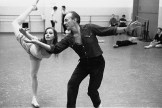
‘The Real World Is Not Here’
Balanchine’s dances often gladden our hearts in order to break them, whereupon they tell us that we have to go on living anyway.
Mr. B: George Balanchine’s 20th Century
by Jennifer Homans
June 8, 2023 issue
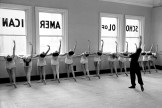
From Russia, with Love
In her monumental new biography of Balanchine, Jennifer Homans tells the story of the choreographer whose modernist extension of classicism forever altered American dance.
Mr. B: George Balanchine’s 20th Century
by Jennifer Homans
May 25, 2023 issue
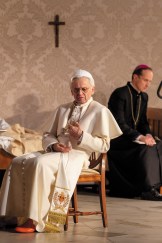
The Red Shoes
Mikhail Baryshnikov has never played so undashing a hero.
The White Helicopter
a play by Alvis Hermanis, at the New Riga Theater, Riga, Latvia, opened November 21, 2019, with additional performances planned for 2020
May 14, 2020 issue

Souls in Single File
On Marius Petipa, the most productive and influential ballet choreographer of the late nineteenth century.
Marius Petipa: The Emperor’s Ballet Master
by Nadine Meisner
December 19, 2019 issue

Crotch Shots Galore
The life and choreography of Bob Fosse
Big Deal: Bob Fosse and Dance in the American Musical
by Kevin Winkler
All That Jazz: The Life and Times of the Musical “Chicago”
by Ethan Mordden
May 24, 2018 issue
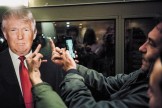
The F Word
Profanity “strikes a complaint against the human condition”
What the F: What Swearing Reveals About Our Language, Our Brains, and Ourselves
by Benjamin K. Bergen
In Praise of Profanity
by Michael Adams
February 9, 2017 issue
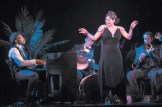
Mixing It Up
Shuffle Along, or The Making of the Musical Sensation of 1921 and All That Followed
a musical written and directed by George C. Wolfe, with songs by Noble Sissle and Eubie Blake, at the Music Box Theatre, New York City, opened on April 28, 2016
June 23, 2016 issue
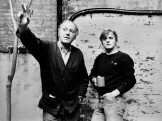
A Ghost Story
On ‘Brodsky/Baryshnikov’
Brodsky/Baryshnikov
a theater piece written and directed by Alvis Hermanis
January 14, 2016 issue
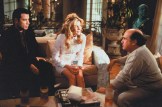
The Elmore Leonard Story
“All villains have mothers,” he said
Four Novels of the 1980s: City Primeval, LaBrava, Glitz, Freaky Deaky
by Elmore Leonard, edited by Gregg Sutter
Four Novels of the 1970s: Fifty-Two Pickup, Swag, Unknown Man No. 89, The Switch
by Elmore Leonard, edited by Gregg Sutter
Charlie Martz and Other Stories: The Unpublished Stories
by Elmore Leonard
September 24, 2015 issue
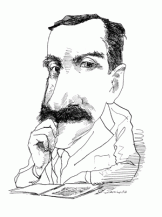
No Bloody Toe Shoes
The Company
a film by Robert Altman, story by Neve Campbell and Barbara Turner, screenplay by Barbara Turner
February 26, 2004 issue
The Neapolitan Finger
Gesture in Naples and Gesture in Classical Antiquity (La mimica degli antichi investigata nel gestire napoletano)
by Andrea de Jorio, translated and edited by Adam Kendon
December 21, 2000 issue
Subscribe and save 50%!
Read the latest issue as soon as it’s available, and browse our rich archives. You'll have immediate subscriber-only access to over 1,200 issues and 25,000 articles published since 1963.
Subscribe now
Subscribe and save 50%!
Get immediate access to the current issue and over 25,000 articles from the archives, plus the NYR App.
Already a subscriber? Sign in